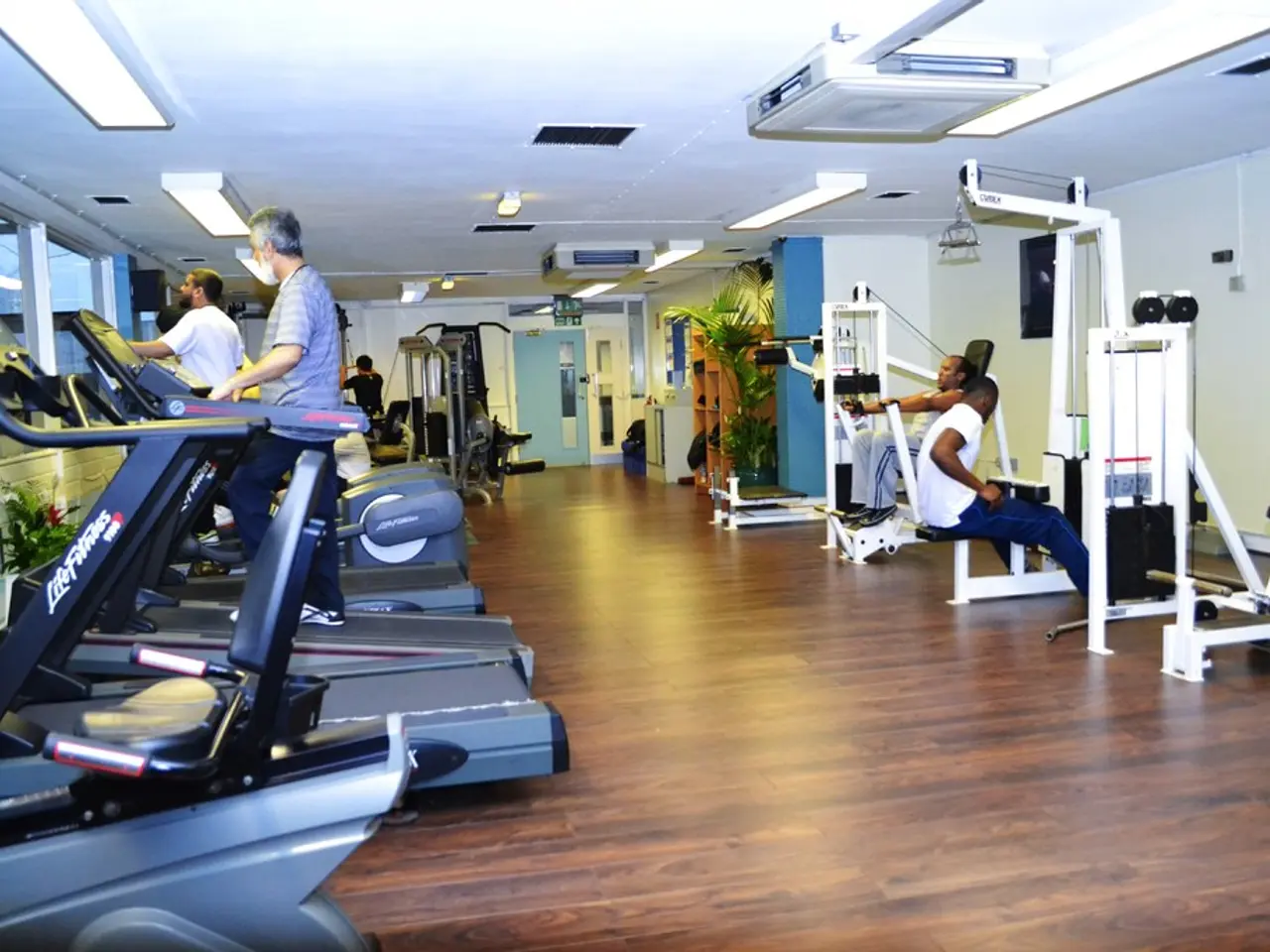Guidelines for Reversing Muscular Wasting After Surgery
Post-surgery muscle atrophy, also known as muscle wasting or muscle loss, is a common consequence of surgical procedures that require restricted movement or lack of physical activity during the recovery period. This condition affects any muscle group in the body, but it is most commonly observed in the muscles closest to the surgical site.
The body's natural response to surgery is to initiate a healing process, often involving immobilization of certain body parts or the entire body. During this period of reduced movement, muscles are not effectively stimulated, leading to a decline in muscle size, strength, and function. This decline can delay the overall recovery process and result in difficulties performing daily activities such as walking, lifting objects, or even basic self-care tasks.
Weakened muscles can also cause stiffness and limited joint mobility, making it challenging to move the affected body part freely. A longer period of immobilization can lead to more significant muscle loss, further complicating the recovery process.
Fortunately, there are steps individuals can take to address post-surgery muscle atrophy and aid in their recovery. Consulting with a registered dietitian can help develop a balanced diet that supports recovery goals, particularly focusing on adequate protein intake for muscle repair and growth. Proper nutrition is essential during this period.
Working with a physical therapist who specializes in post-surgery rehabilitation can provide targeted exercises and techniques to rebuild muscle strength and improve range of motion. Resistance training exercises can help rebuild muscle mass and strength during recovery, but a gradual approach should be taken when reintroducing physical activity to minimize the risk of injury or setback.
Healthcare providers will monitor progress and make necessary adjustments to ensure individuals are on the right track during recovery. Early mobilization exercises can be recommended to stimulate blood flow and prevent excessive muscle loss. Visiting a clinic's post-surgery rehab page can provide valuable information and resources to help individuals regain optimal muscle function and improve their overall recovery experience.
Recovery from surgery is a gradual process, and addressing post-surgery muscle atrophy requires patience and commitment to a rehabilitation program. The Klinik Hoher Meissner offers information and resources about postoperative muscle atrophy with the goal of supporting individuals in restoring optimal muscle function and improving overall recovery experience.
It is important to follow the guidance of healthcare providers throughout the recovery process. By understanding post-surgery muscle atrophy and taking proactive steps to address it, individuals can improve their chances of a successful and efficient recovery.
Read also:
- High recovery rate for over 90% of patients, asserts the head physician of Almaty's 32nd polyclinic, regarding mobile treatment groups.
- Bee colonies in Zirndorf city have been affected by American foulbrood - a designated restriction zone has been established - no immediate threat to local residents.
- Federal Health Care Blueprint for 2026 Revealed by OPM Outlining Key Strategies and Objectives
- Unveiling the Undiscussed Issues of Earbuds: Revealing the Silent Reality





